Gladstone Institutes
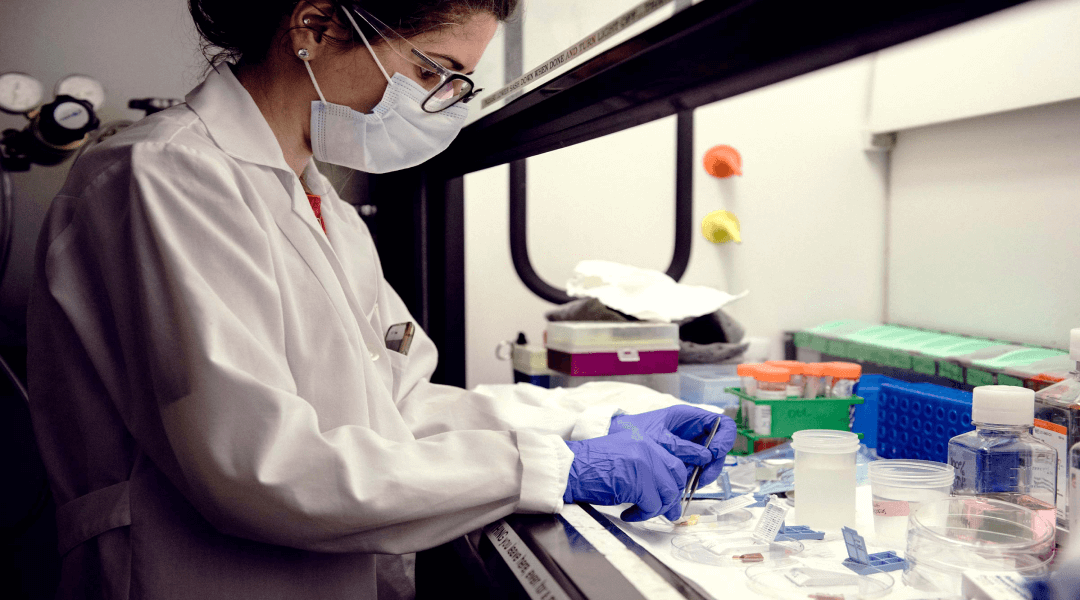

Everything we can do to get our scientists back to working on their data directly benefits humanity. Backblaze enables us to empower them so they can work as fast as they’re realistically able to.
Alex Acosta, Senior Security Engineer, Gladstone Institutes
Gladstone Institutes conducts life-changing biomedical research. With that effort comes a great responsibility to protect the critical IT infrastructure that empowers their researchers to do vital work. Gladstone previously used a legacy tape system to store backups, but found it to be cumbersome, unreliable, and limiting.
After partnering on an innovative project to transfer large amounts of computational data, Gladstone knew they wanted to use Backblaze B2 Cloud Storage to replace tapes for backups of essential IT resources. With Backblaze’s launch of its S3 Compatible API, they easily configured Veeam, their preferred backup software, to tier backups directly to Backblaze B2.
Moving to the cloud eliminated the reliability concerns that come with aging tape and saved Gladstone’s IT staff substantial time, allowing them to better support the scientists. They are well-protected from natural disasters with backups stored off-site, and because of Backblaze B2’s transparent, affordable pricing, restoring data won’t end up costing more than the experiments themselves.

Gladstone Institutes is an independent, nonprofit life science research organization located in the epicenter of biomedical and technological innovation in the San Francisco Bay Area. Gladstone has created a research model that disrupts how science is done, funds big ideas, and attracts the brightest minds. In response to the COVID-19 pandemic in 2020, many Gladstone scientists rapidly shifted the focus of their research labs to the novel virus, SARS-CoV-2.
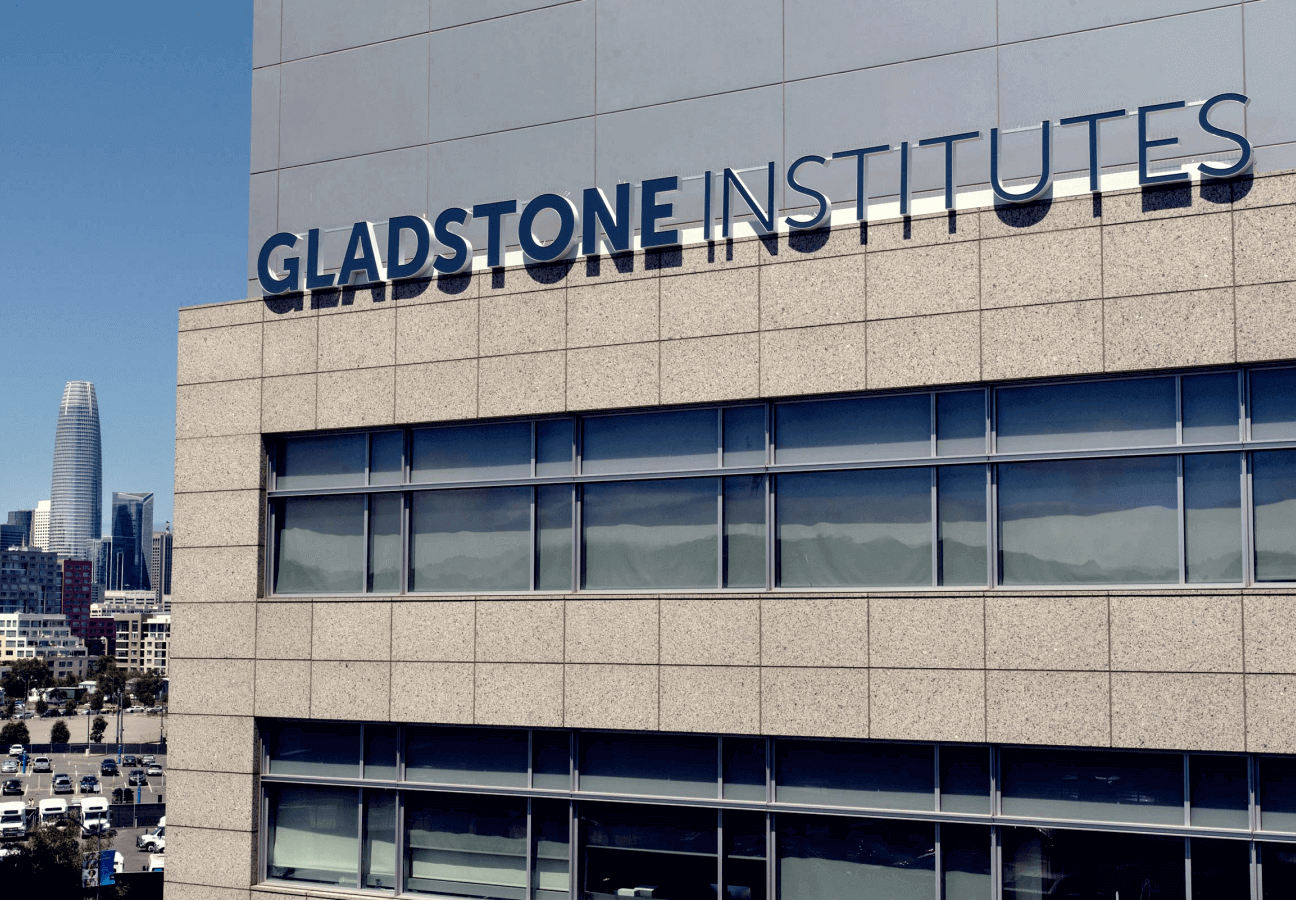
Can better storage save lives? Some Backblaze evangelists might think so. But it is true that safe, reliable, and affordable data storage can help the people who truly make a difference in the world. Alex Acosta is one of those people.
Gladstone Institutes’ research has never been more important, and Acosta, Senior Security Engineer, possesses a profound appreciation for that work. When the COVID-19 pandemic hit, Gladstone pivoted from studying a wide range of diseases—Alzheimer’s disease and HIV to heart disease and multiple sclerosis—to focus on developing diagnostic techniques, treatment strategies, and preventative measures for the novel coronavirus.
As the pandemic changed the nature of the workplace, Acosta pivoted as well. He resolved to do everything in his power to enable the Gladstone team—450 people strong with leaders ranging from Nobel Prize winners to pioneers in stem cell biology and regenerative medicines—to continue their work both on-site and remotely. All of this while also strengthening the resilience of their critical IT infrastructure with cloud backups.
“In no way is it a good thing, but in many ways, [the virus] helped us remove technological barriers between the scientists and their research,” he said. “It has been really great on a personal level to know that our work has empowered these scientists to draw this [pandemic] to a close hopefully faster than it would otherwise.” As a steward of their data, Acosta plays a crucial role in protecting that essential research.
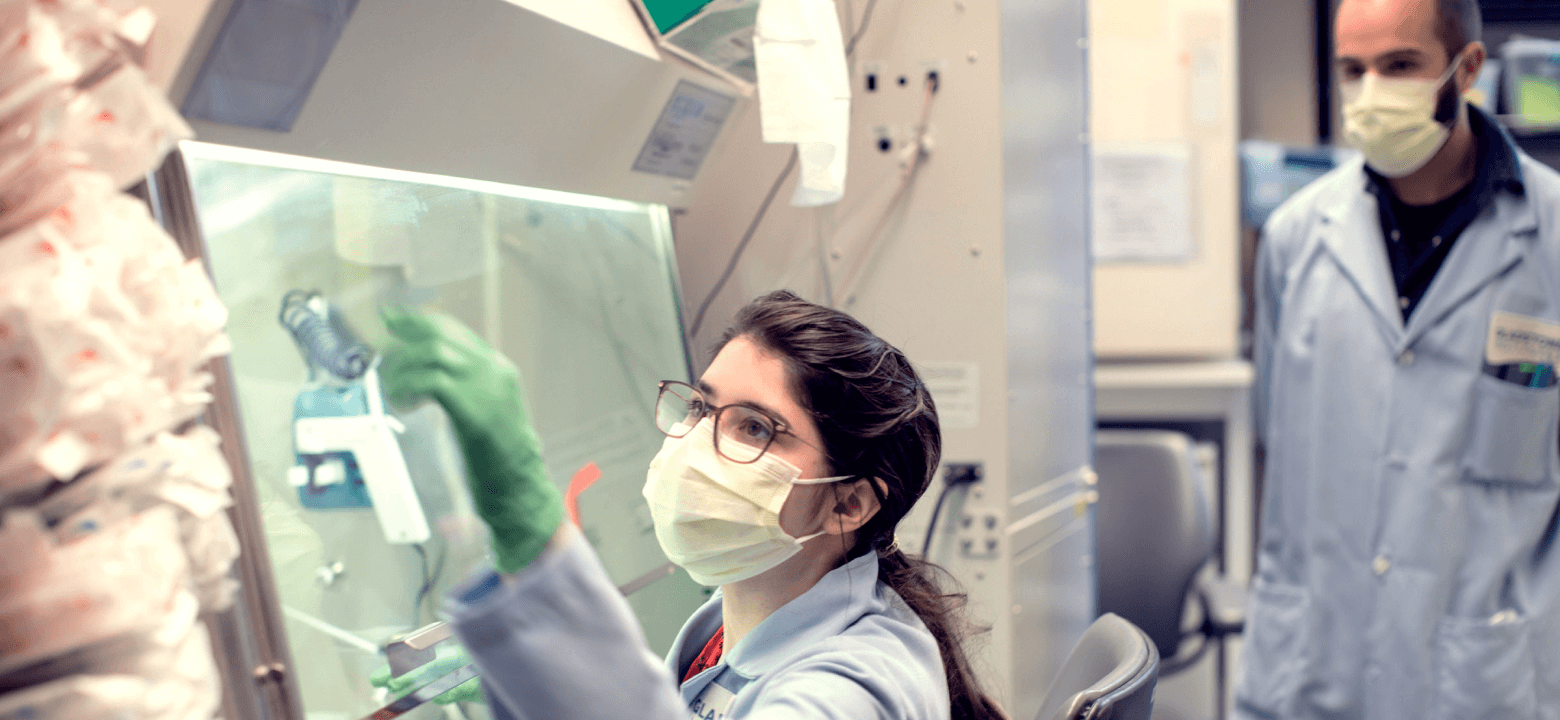

It has been really great on a personal level to know that our work has been able to empower these scientists to draw this [pandemic] to a close hopefully faster than it would otherwise.
Alex Acosta, Senior Security Engineer, Gladstone Institutes
Acosta depended on Backblaze’s hard drive reliability reports long before he became a customer. These reports share failure statistics and insights based on the SMART stats from the hundreds of thousands of different hard drives working in Backblaze’s data centers. “Storage reliability is really important for us. I can’t buy tens of thousands of drives, so the ones I do buy have to be reliable. We read that report pretty religiously,” he acknowledged.
That familiarity led him to propose an unconventional solution in 2019 when Gladstone needed a better way to store backups of some computational data. “One of our larger laboratories can acquire something on the order of five to 10TB of data per day. Amazon, Google, Microsoft—they’re all far, far too expensive for the storage we need as a nonprofit organization,” he explained. “We concluded that, for us, Backblaze was the best choice from a mix of both performance and reliability.”
The only problem was getting the multiple petabytes of accumulated data they already had on-site into Backblaze’s data center fast enough. So, Acosta and his colleague, Andrew Davis, came up with an idea—pipe the data directly into a Backblaze data center from a server Gladstone would manufacture and deliver by hand.
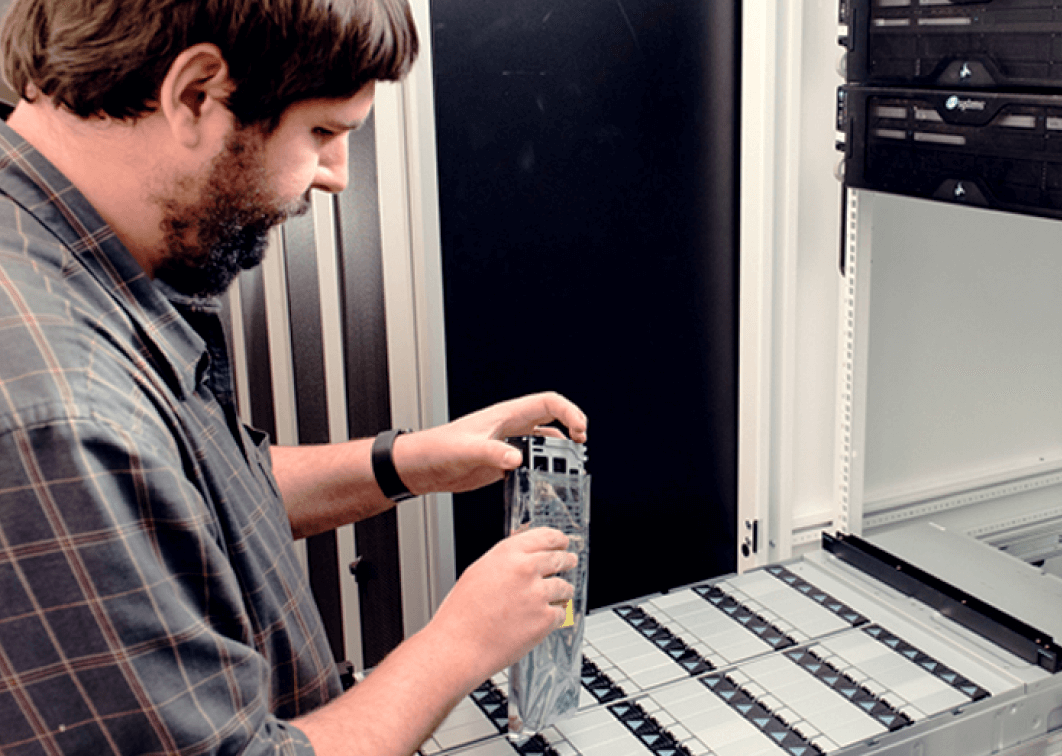

After Acosta and his team successfully moved petabytes of data via their custom server, he was eager to use Backblaze to back up more of Gladstone’s critical IT infrastructure—things like their active directory, website hosting, anti-virus and anti-malware scanners, and on-premises authentication systems. “Obviously, the [researchers’ computational] data is the most important thing, but the systems that give access to the data and help secure it are also really important,” he noted.
Up until that point, Gladstone used a legacy tape library to store backups from Veeam, their preferred backup software, both on-site and with physical storage provider, Iron Mountain. This solution was starting to age out and Acosta’s frustrations with tape were compounding.
“It’s cumbersome. It’s messy. The tape drives get dirty. We had issues with tapes going bad. Backup files would fail because the tape failed. We spent a lot of time just troubleshooting things that in 2020 we shouldn’t be troubleshooting anymore,” he complained. His exasperation with this approach was more than a little personal—in a previous role, Acosta spent months unpacking, labeling, and filing the 900-tape library. He also worried about disaster recovery with some of the data being on-site.
The coronavirus pandemic made his concerns about this approach all the more pressing. Gladstone’s IT team started working remotely to give the scientists as much room as possible to physically distance themselves in the labs, making tape handoffs to Iron Mountain problematic. The tape libraries also took up a lot of space that Acosta wanted to clear for research staff.
Acosta made it a priority to move that data off-site and into the cloud, and given the trust he had built with Backblaze’s technical team, he and his team at Gladstone chose to use Backblaze’s then newly introduced S3 Compatible API to set up a storage bucket and initiate a Veeam backup.
Today, Acosta keeps a single copy of critical IT infrastructure data on-premises. As soon as a backup completes, Veeam triggers a backup job that points to a scale-out backup repository (SOBR) and copies the data to a Backblaze B2 Cloud Storage bucket with a longer retention policy.
Virtualizing the environment—including Okta, Gladstone’s software for single sign-on—allows Gladstone’s 450-person staff to access data safely no matter where they are. “We want to replicate everything that we have here up there [in the cloud], so it’s a single, unified experience for everyone,” he explained. “Anything mission-critical, anything we can’t function without, is captured by Veeam and replicated into Backblaze B2.”
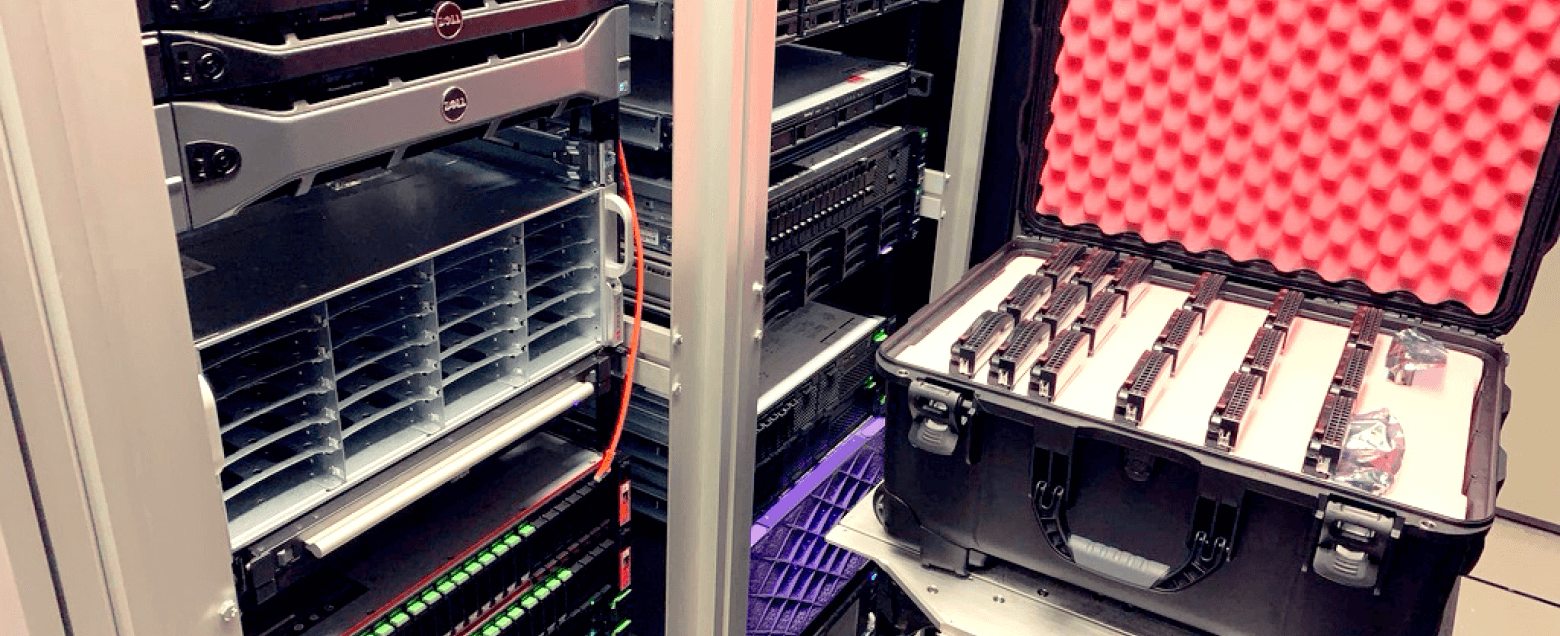

Anything mission-critical, anything we can’t function without, is captured by Veeam and replicated into Backblaze B2.
Alex Acosta, Senior Security Engineer, Gladstone Institutes
Moving from LTO to the cloud resolved many of Acosta’s frustrations. He has more reliable storage that requires less physical labor and doesn’t take up space in Gladstone’s labs. Opening that space allows Acosta to support the researchers even more in the future. “I can put two extra racks of compute or storage where that tape library went,” he said. “That’s an extra two to four petabytes of storage and half a dozen more compute servers to do research. That’s a huge gain for us.”
He also saves significant time. Backup replications could take 24 hours due to the aging tape infrastructure. With Veeam and Backblaze B2, Acosta finishes replications in just one or two hours and feels confident that backups are reliable. He noted, “I don’t worry if I need to do a restore. If I have to pull data down from Backblaze B2, I know it’s going to be good.”
Acosta appreciates the ease, time savings, and reliability B2 Cloud Storage offers. More importantly, he recognizes the advantages it affords Gladstone—a high level of security on a research institution budget.
With data off-site, they’re better protected from natural disasters—a great comfort for Acosta, because Gladstone is located in an earthquake liquefaction zone. And, because Backblaze is a pay-as-you-go cloud storage service with no upload fees, no deletion fees, and transparent egress fees, Acosta knows he’s acting as a responsible guardian of the organization’s limited resources.
“At some point, the cost for pulling data out of [Amazon] Glacier is almost more than redoing the experiment. For us, it was a good use of our money to pick Backblaze,” he attested. “With Backblaze as our disaster recovery of choice, we know if we need to pull that data out, it won’t be a bankruptcy-inducing event.”


At some point, the cost for pulling data out of [Amazon] Glacier is almost more than redoing the experiment.… With Backblaze as our disaster recovery of choice, we know if we need to pull that data out, it won’t be a bankruptcy-inducing event.
Alex Acosta, Senior Security Engineer, Gladstone Institutes
Moving forward, Acosta plans to back up even more data into B2 Cloud Storage, continually seeking smarter, better, faster ways to connect Gladstone scientists with their research.
Whatever he tackles next, he’s thankful to have a strong supporter of his efforts to empower Gladstone researchers. He professed, “It’s been really great to get actual faces and names. Everything we can do to get our scientists back to working on their data directly benefits humanity. Backblaze enables us to empower them so they can work as fast as they’re realistically able to,” proving better storage may save lives after all.

The Backblaze B2 Storage Cloud is purpose-built for ease. It offers always-hot, S3 compatible object storage that supports your workflows via third-party software integrations, APIs, CLI, and web UI. And it’s priced for easy affordability at rates a fraction of other cloud providers. Businesses in more than 175 countries use the platform to host content, build and run applications, manage media, back up and archive data, and protect and recover from ransomware.